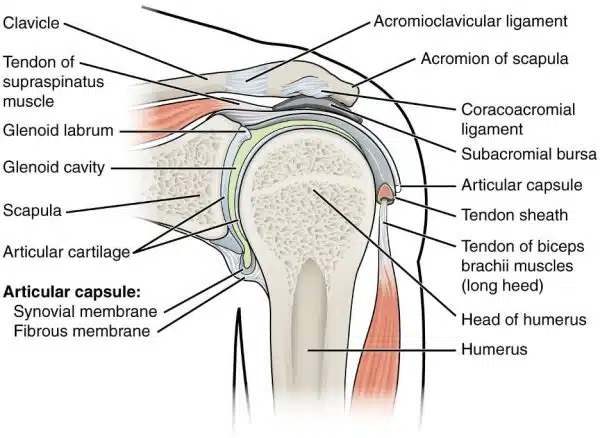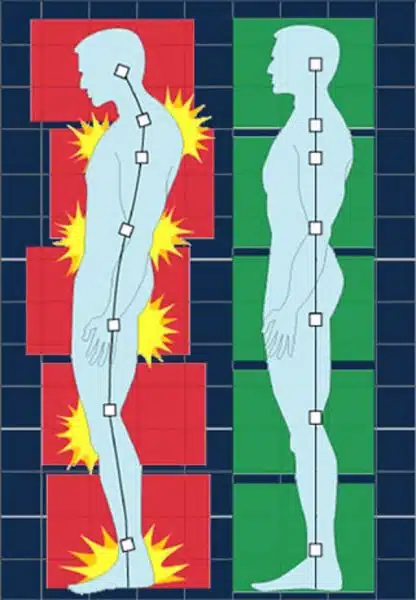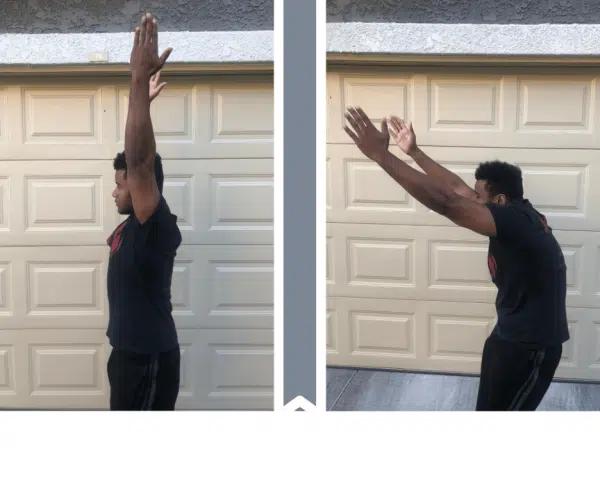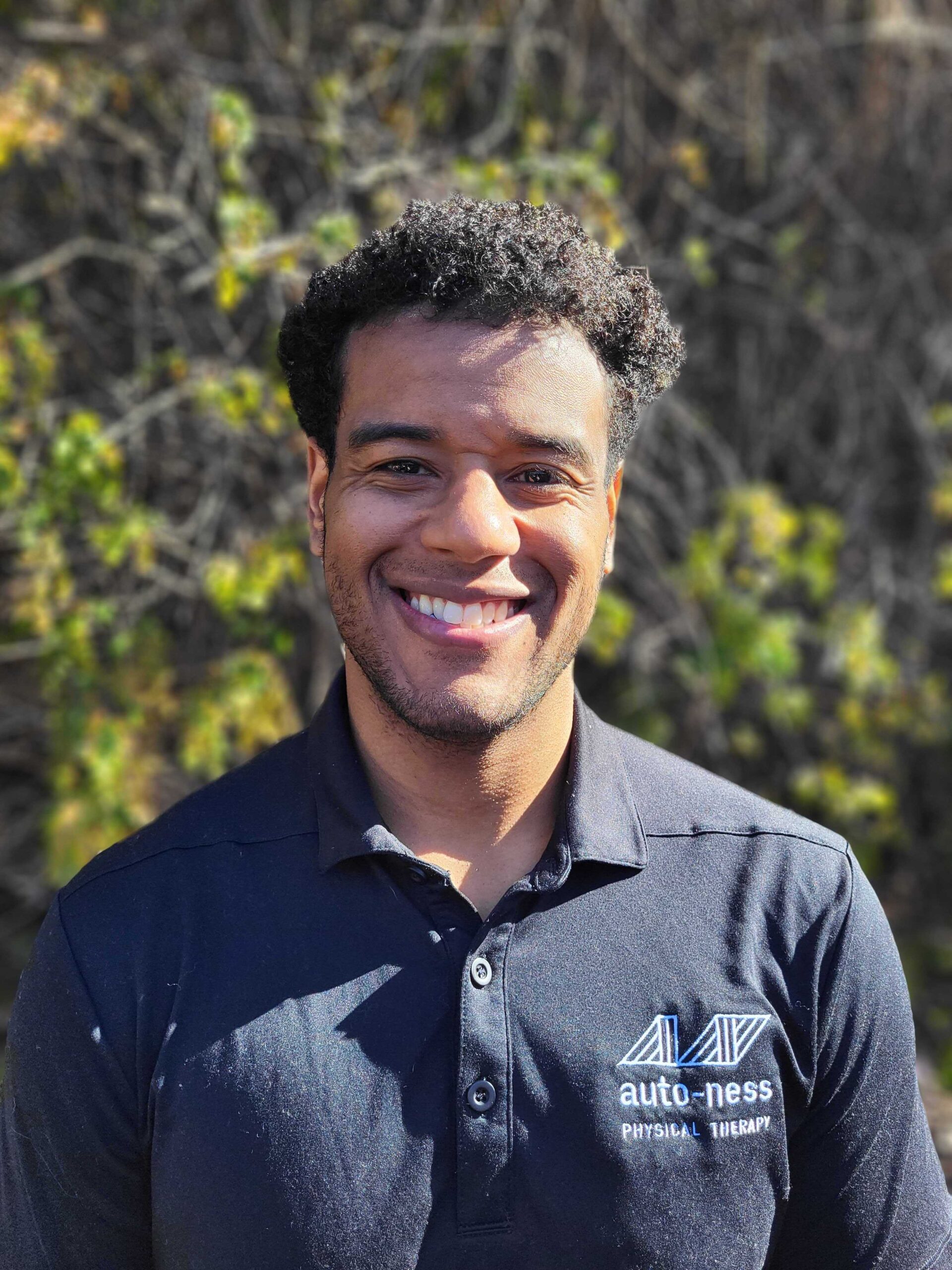In my time as a Physical Therapist and a Strength Coach, I’ve encountered numerous cases of shoulder pain, especially among athletes and active individuals. Today, I’m excited to share how Auto-Ness Physical Therapy, located in Scripps Ranch, San Diego, is revolutionizing the way shoulder pain is treated, combining my insights with cutting-edge sports medicine physical therapy.
Understanding Shoulder Pain in Athletes
While I won’t delve into specific treatment methods here (catch those at our seminars here!), I want to address a common misconception: “Did working out cause my shoulder pain?” Likely not. Instead, let’s explore why your shoulder might hurt and how it’s often unrelated to your exercise routine.
The Complexity of the Shoulder
Your shoulder is a complex area, involving tendons, ligaments, muscles, nerves, and more. For pain-free movement, everything must work harmoniously. But what’s often overlooked is the impact of posture on shoulder health. This is something we emphasize at Auto-Ness Physical Therapy, especially for athletes seeking to enhance their performance and minimize downtime due to injuries.

The Role of Sports Medicine Physical Therapy
At Auto-Ness, we specialize in sports medicine physical therapy, focusing on preventing and treating injuries related to sports activities. Our approach is more than just alleviating symptoms; it’s about understanding the root cause of your pain. Our skilled sports medicine physical therapists use a combination of manual therapies, therapeutic exercises, and innovative techniques like dry needling or cupping therapy to address shoulder issues.
Posture and Shoulder Pain
One commonality among most of my shoulder pain patients is posture. Certain postures can limit your shoulder joint’s movement, leading to pain. This is particularly important for athletes, who require optimal joint function for their activities. At Auto-Ness, we go beyond traditional treatment; we focus on holistic care, educating about the importance of posture and its impact on shoulder health. You can learn more about

We will be going deep into posture in the future, and those of you who have heard me speak in any seminar that I have held in San Diego, you already know that my view on posture is that there is nothing wrong with the posture on the above left, however, if you have shoulder pain, might need to be more mindful about posture.
The reason why certain postures might be bad for your shoulder is that your shoulder joint does not have adequate room to move when you have a forward head and rounded shoulder.
Below I have an image of me trying to raise my arms overhead. Notice the posture on the left (“bad”) and on the right (“good”).

See how in the above picture, I am not able to raise my arms very high? This is because my rounded shoulders put the entire joint in a sub-optimal position.
Here is another image with a “poor posture” and what can happen on the inside of your shoulder.
In conclusion
Understanding and addressing shoulder pain requires a multifaceted approach that goes beyond quick fixes. At the heart of effective shoulder pain management is a deep understanding of the body’s mechanics, the role of posture, and the importance of tailored physical therapy. As we navigate the complexities of shoulder health, it’s crucial to remember that each individual’s journey is unique, and so should be their treatment and prevention strategies. Whether you’re an athlete striving for peak performance or someone seeking relief from chronic shoulder issues, the journey towards a pain-free, active lifestyle begins with knowledge, awareness, and a commitment to holistic well-being.
About Us:
Our clinic is at the forefront of sports medicine physical therapy innovations. We utilize techniques like Instrument-Assisted Soft Tissue Mobilization (IASTM) and cupping therapy, paired with functional training programs that mimic sports-specific movements. This not only aids in recovery but also in preventing future injuries.
When you visit our state-of-the-art facility in Scripps Ranch, you’re entering a healing sanctuary. We view each patient as a unique individual, offering personalized care plans that reflect your specific athletic needs and lifestyle.
FAQ’s:
Q: What are the most common causes of shoulder pain in athletes?
A: In athletes, shoulder pain often results from overuse, improper technique, muscle imbalances, or direct injury. Activities that involve repetitive overhead motion like swimming, tennis, or weightlifting are particularly prone to causing shoulder issues.
Q: Can poor posture lead to shoulder pain?
A: Yes, poor posture, especially prolonged forward head and rounded shoulders, can contribute to shoulder pain. This posture can limit the shoulder joint’s movement and lead to muscle imbalances, increasing the risk of pain and injury.
Q: How does physical therapy help with shoulder pain?
A: Physical therapy helps by assessing and treating the root cause of shoulder pain. It includes a range of treatments like manual therapy, targeted exercises, and patient education to improve mobility, strength, and function of the shoulder.
Q: What techniques do physical therapists use to treat shoulder pain?
A: Physical therapists use various techniques, including manual therapy, therapeutic exercises, dry needling, cupping, and instrument-assisted soft tissue mobilization (IASTM), tailored to the individual’s specific condition and needs.
Q: Is it possible to treat shoulder pain without surgery?
A: Yes, many shoulder conditions can be effectively treated with non-surgical interventions like physical therapy, especially if treatment begins early. Surgery is typically considered only when conservative treatments fail.
Q: How long does it typically take to recover from shoulder pain with physical therapy?
A: Recovery time varies depending on the severity and cause of the pain, but many patients see improvement within a few weeks of consistent physical therapy. However, full recovery may take several months.
Q: Can exercises aggravate shoulder pain? How can I exercise safely?
A: Certain exercises, if done improperly, can aggravate shoulder pain. It’s essential to use correct form and technique. A physical therapist can guide you on safe exercises and how to modify your workout routine to prevent aggravating your shoulder.
Q: What preventive measures can be taken to avoid shoulder pain?
A: Preventive measures include maintaining good posture, regular stretching and strengthening exercises for the shoulder, using proper technique during activities, and avoiding overuse of the shoulder by taking regular breaks at your desk or computer.
Q: How do I know if my shoulder pain is serious?
A: If shoulder pain persists beyond a few days, significantly limits your movement, or is accompanied by redness, swelling, or warmth, it’s important to seek professional medical advice.
Q: Can shoulder pain be a sign of other health issues?
A: While shoulder pain is often musculoskeletal, it can sometimes be a symptom of other health issues like heart disease or gallbladder problems, especially if it’s accompanied by other symptoms like chest pain or abdominal discomfort.


